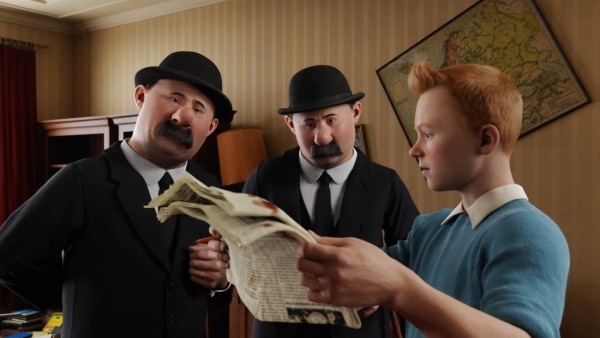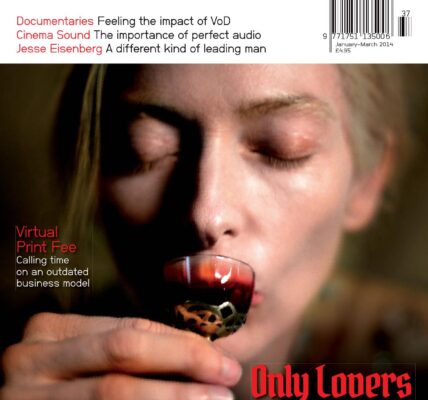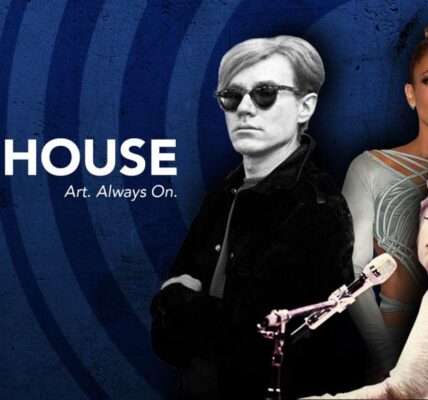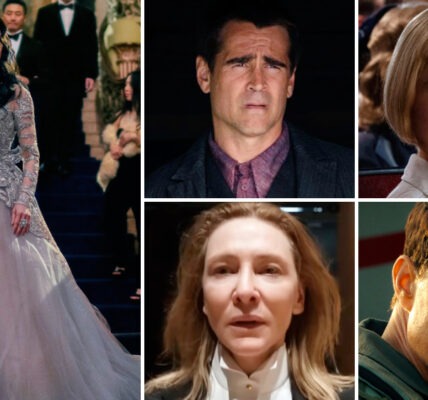Uncanny Valleys And The Art Of Mo-Cap
Hidden away on a West Oxford industrial estate, deep in the ‘uncanny valley’ of London’s outer commuter belt, miracles are being performed in Audiomotion Studios, Europe’s largest motion capture service provider. Launched in 1997, Audiomotion may hardly be a household name, but its multiple awardwinning work in games, film and advertising has quietly worked its magic on us all—as anyone who has been awestruck by a ‘Transformer’ Citroen on speed skates or an army of Narnian centaurs can attest to.
Motion capture has a multitude of applications. It can create cost-effective crowd scenes (in Audiomotion’s work for the Lynx Billions advertisement, just three living models provided digital doubles for tens of thousands of bikini-clad women). It can bring a relatable humanity to cinema’s fantasy creatures (think Gollum from Lord of the Rings, or the Na’vi from Avatar, or Audiomotion’s own work on the flying Pegasus from Clash of the Titans), or imbue video game characters with gestures and facial expressions that are engagingly realistic. And it can enable dangerous physical stunt work to be filmed in a safe, controlled environment.
Managing director Mick Morris explains the studio’s operation: “We use an optical system, which is basically putting somebody into a very tight-fitting lycra suit with little reflective markers on all of the key joints. Really we’re trying to get as close an interpretation of the movement of the skeleton as possible. Once we’ve recorded that, we’ve got it in 3D data, and we can then retarget or map that animation onto a CG character.” As the actors or stunt people play out their scene, the markers’ movements are filmed by a rig of special four-megapixel cameras that run at 100 frames per second, instantaneously tracked in three dimensions and digitally stored by software from Vicon Motion Systems (also, by no coincidence, based in Oxford).
“Traditional animators have always had a bit of an issue with motion capture because it was seen as a button-pushing exercise.”
Mick Morris, MD, AUDIOMOTION
“We do a lot of custom work,” says studio manager Matt Rank of Audiomotion’s flexible set-up, which can film in studio or on location, simultaneously capture multiple performances (10 performers at once in Gulliver’s Travels), and, as well as tracking basic body movement, can do full-performance capture, including fingers (three or five) and face (with simultaneous audio capture in perfect sync with the tracked lip movements). “We have a base set-up, a base kind of camera configuration for this building, certain kind of lenses, [and a] strobe set-up to get the best data we can, but that always gets tweaked if clients want more height, if they want to have a hot spot, if there’s finger work, facial work. So the studio gets reset, reconfigured, quite a lot. We’ve got 130 odd cameras to play with, about four or five different lenses, three or four different strobes, different filters on the cameras—so if you’re outside in bright light, you’ve got one way of setting up, if you’re in a dark enclosed environment, there’s another. It’s basically our remit to get the best quality data in to start with, so there’s less work then on the back end, the literal clean-up.” They happily ignore the adage never to work with children and animals, although Rank admits, “We do use a lot of shorter actors to portray kids, because direction-wise they obviously understand it more, and a lot of stuff we’re doing is quite physical, and some of it’s quite grim.”
… continues











